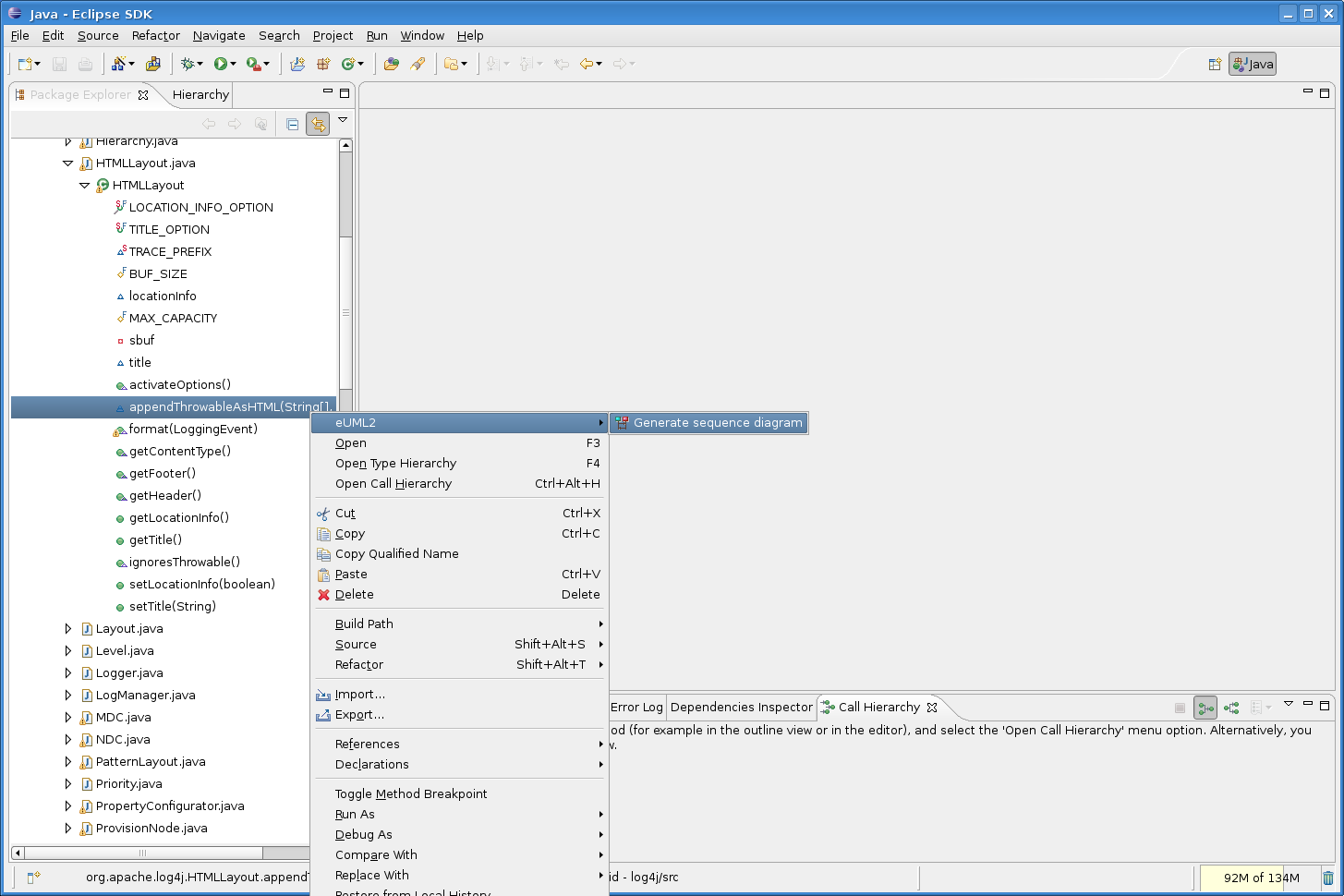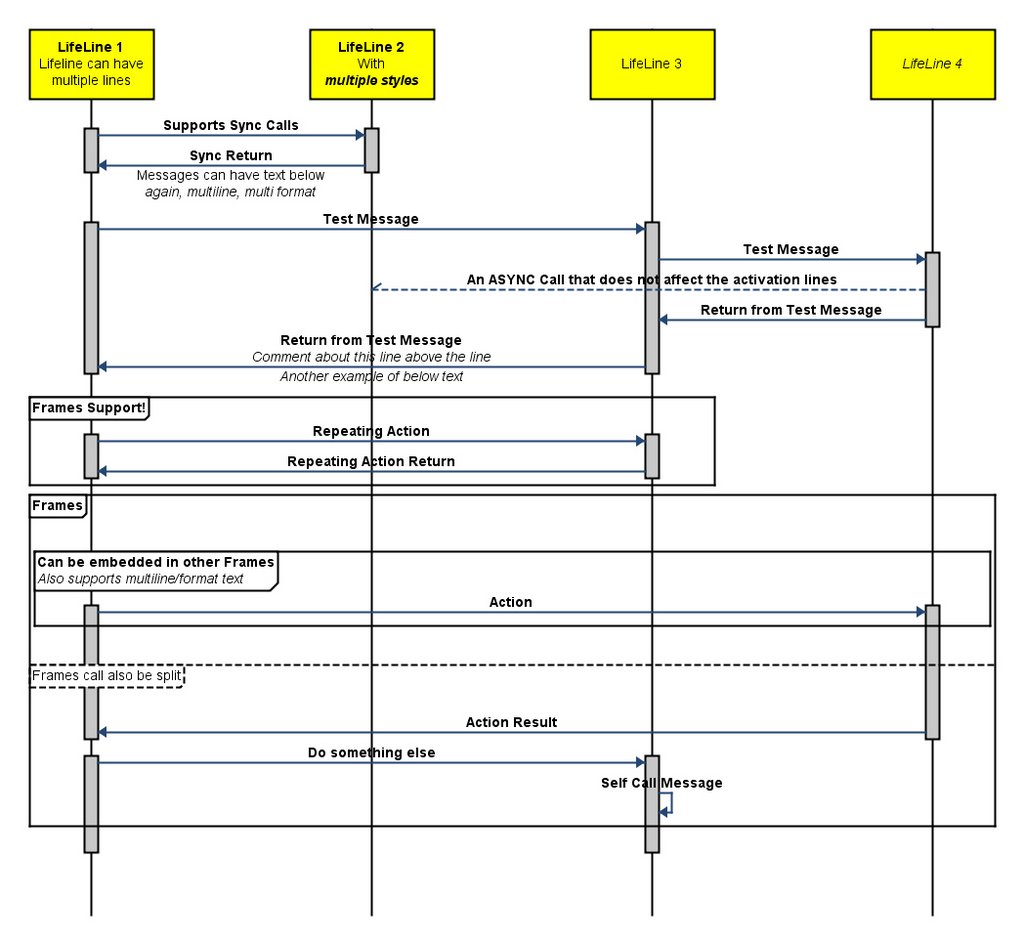

- ONLINE SEQUENCE DIAGRAM GENERATOR JAVA SOFTWARE
- ONLINE SEQUENCE DIAGRAM GENERATOR JAVA CODE
- ONLINE SEQUENCE DIAGRAM GENERATOR JAVA LICENSE
Graphical development environment for model-based software development and validation Java, C++, C#, CIL, XML, CORBA, WSDL, EJB, DDL, IDL
ONLINE SEQUENCE DIAGRAM GENERATOR JAVA LICENSE
Propriety software with single-user, floating, and mobile license To see it as a diagram, click Show Visualization ( ) or press Ctrl+Alt+Shift+U.Browser, plugin for Confluence or Jira, Google Apps, Hipchat By default, the query is displayed as a tree.

Then, in the Output pane, switch to the Plan tab. In the editor, right-click an SQL statement and select Explain Plan. In the Database tool window, right-click a schema or a table and select Diagrams | Show Visualization Ctrl+Alt+Shift+U or Diagrams | Show Visualization Popup Ctrl+Alt+U from the context menu. View the structure of a database or table as a diagram Keeping Alt pressed, hover your mouse pointer over diagram areas. Keeping Ctrl pressed, rotate your mouse wheel. To apply the selected layout, click on the diagram toolbar.Īlternatively, drag entities in the diagram manually to achieve the desired layout. Then select the desired layout from the submenu. Right-click the diagram background, and choose Layout from the context menu. Select one or more nodes in the diagram to highlight the corresponding nodes in the preview area. Open the Structure tool window Alt+7 and drag the shadow area to obtain the desired view. Productivity tips Enable the diagram preview The node "importance" is expressed via fractional value from 0.0 to 1.0 measurement and the brightest node selection should be explored first. In the dialog that opens, select additional options if needed and click Measure. In the diagram editor, right-click anywhere in the editor to open the context menu.įrom the context menu, select Analyze Graph | Measure Centrality. You can use this action to identify the important nodes in the graph.
ONLINE SEQUENCE DIAGRAM GENERATOR JAVA CODE
You can navigate to the underlying source code by selecting a diagram element and pressing F4).

You can view members of the class, add new, delete the existing ones, see implementations, check parent classes, perform basic refactoring, add notes, and so on. When working with diagrams, use the context menu in the diagram editor to perform different tasks. To save the diagram as a file, right-click the diagram editor and from the context menu, select Export Diagram | Export to File and then the file extension in which you want to save the diagram.

The protected methods are displayed with modifier icons next to them. PhpStorm displays members with visibility not less than protected, such as public, package local, and protected ones. For example, to view protected methods, click on the diagram toolbar and select protected from the list. The lists are displayed based on the selected visibility level, which you can change. To see the list of methods, fields, and other code elements, select the appropriate icon on the diagram toolbar located on top of the diagram editor. Similarly, if you collapse a class, all elements in the containing folder (but not the child folders) will be collapsed. Note that expanding/collapsing nodes works on the class containing folder level: expanding a folder will display only its content, but not the content of its child folders. Analyze class diagramĪfter you have generated a diagram, press E to expand the nodes and see classes and their connections. To view changes in revisions as a UML Class diagram, in the History tab of the Version Control tool window, select the desired revision and select Show Diff as UML from the context menu or press Ctrl+Shift+D. You can double-click a node to view changes in a Differences viewer. You can use the UML Class diagram to evaluate how your local code changes affect the model.įrom the context menu of the code editor, the Project tool window, or the Local Changes view, select Show Local Changes as UML, or press Ctrl+Alt+Shift+D.


 0 kommentar(er)
0 kommentar(er)
